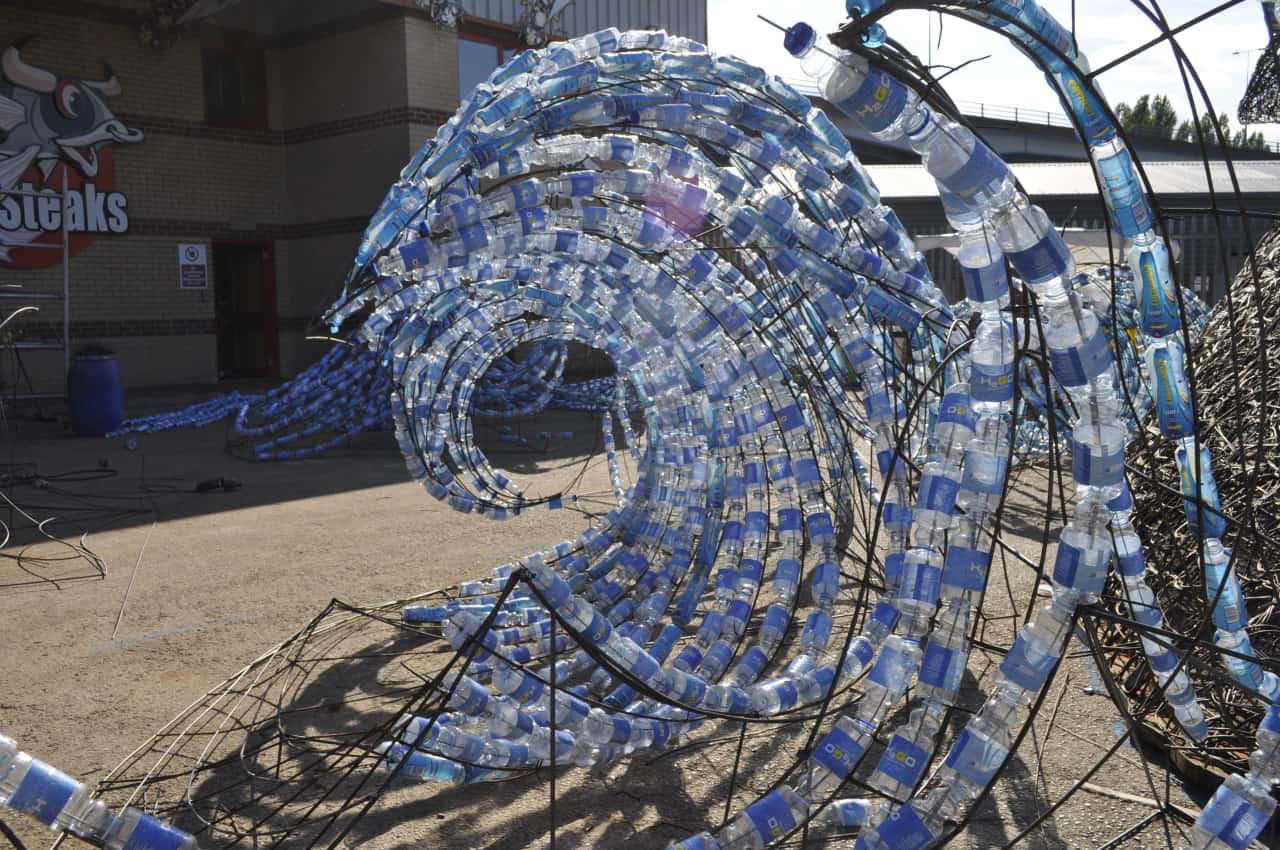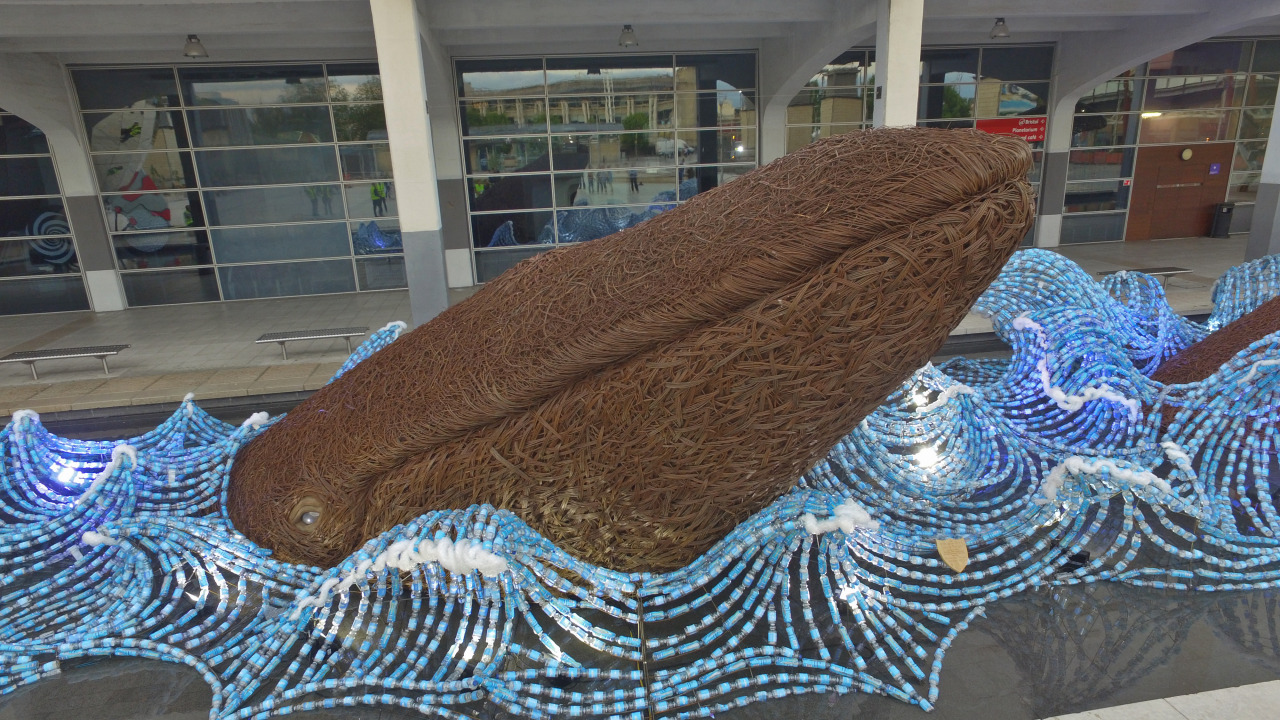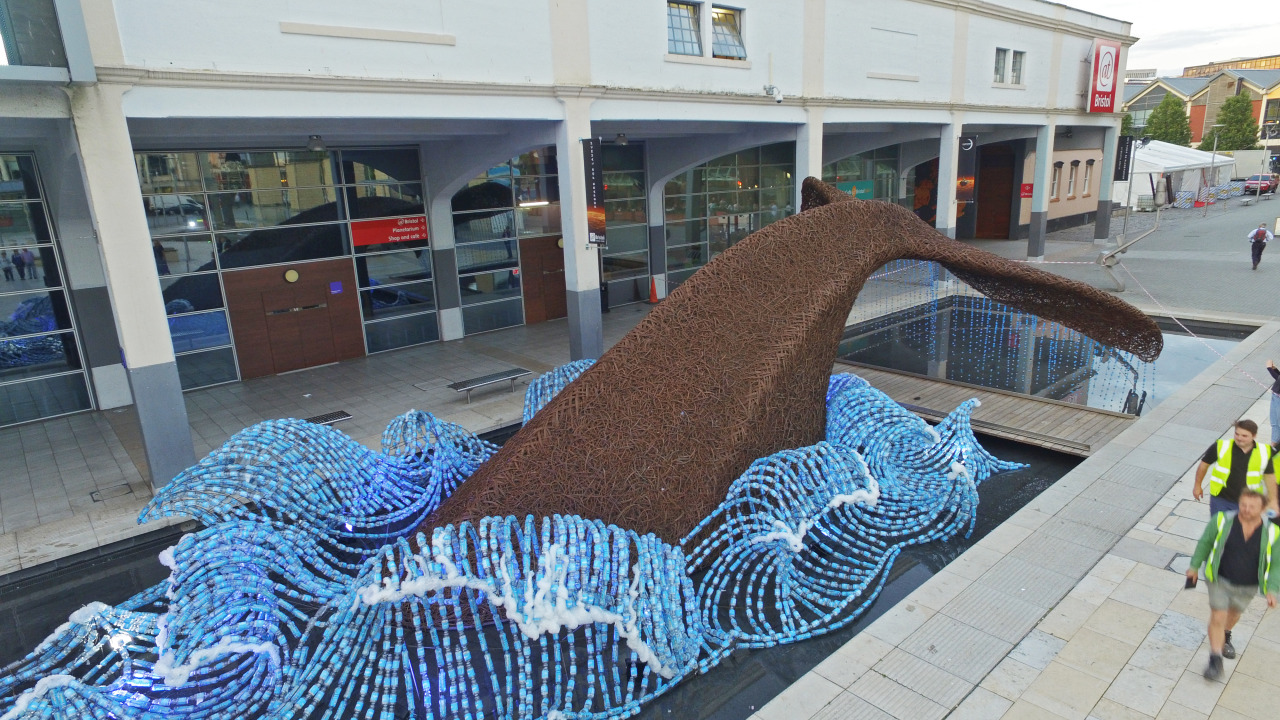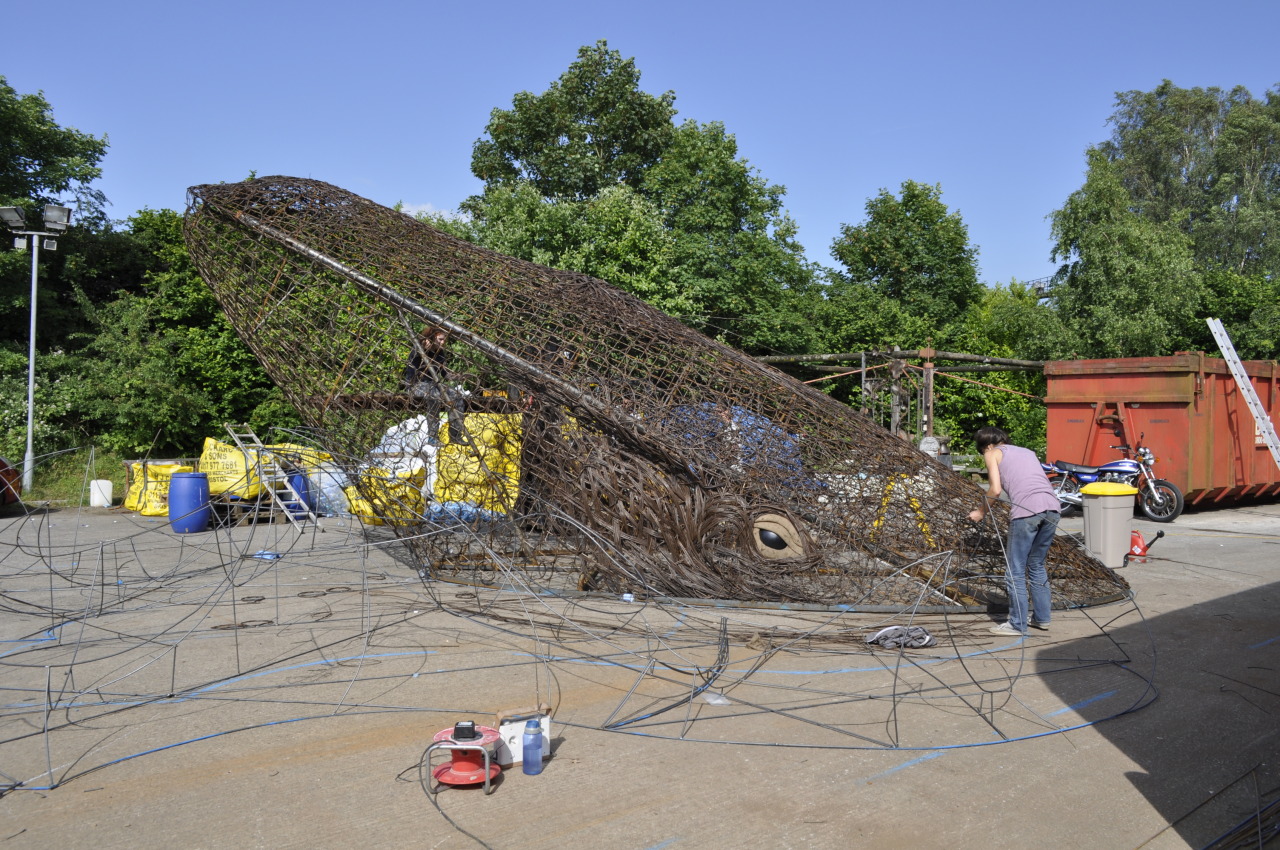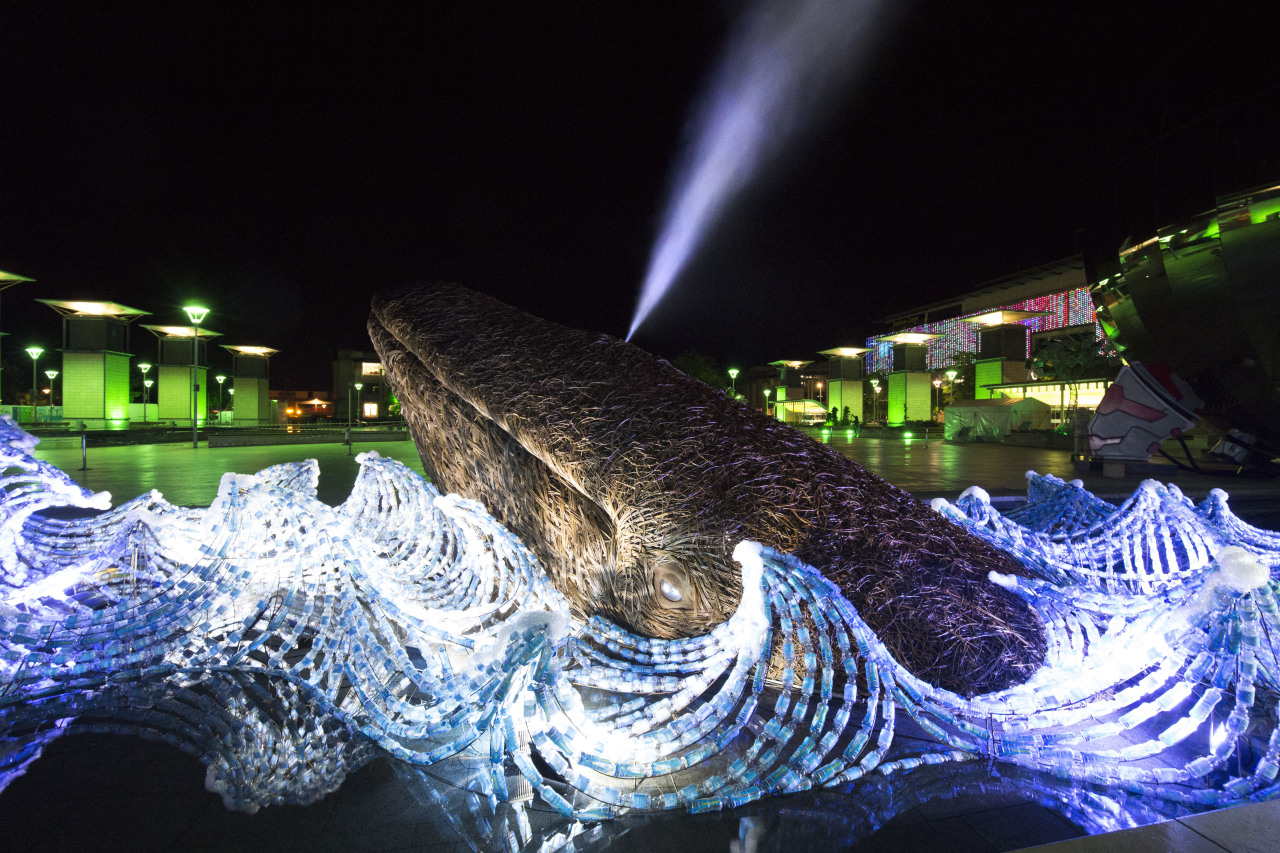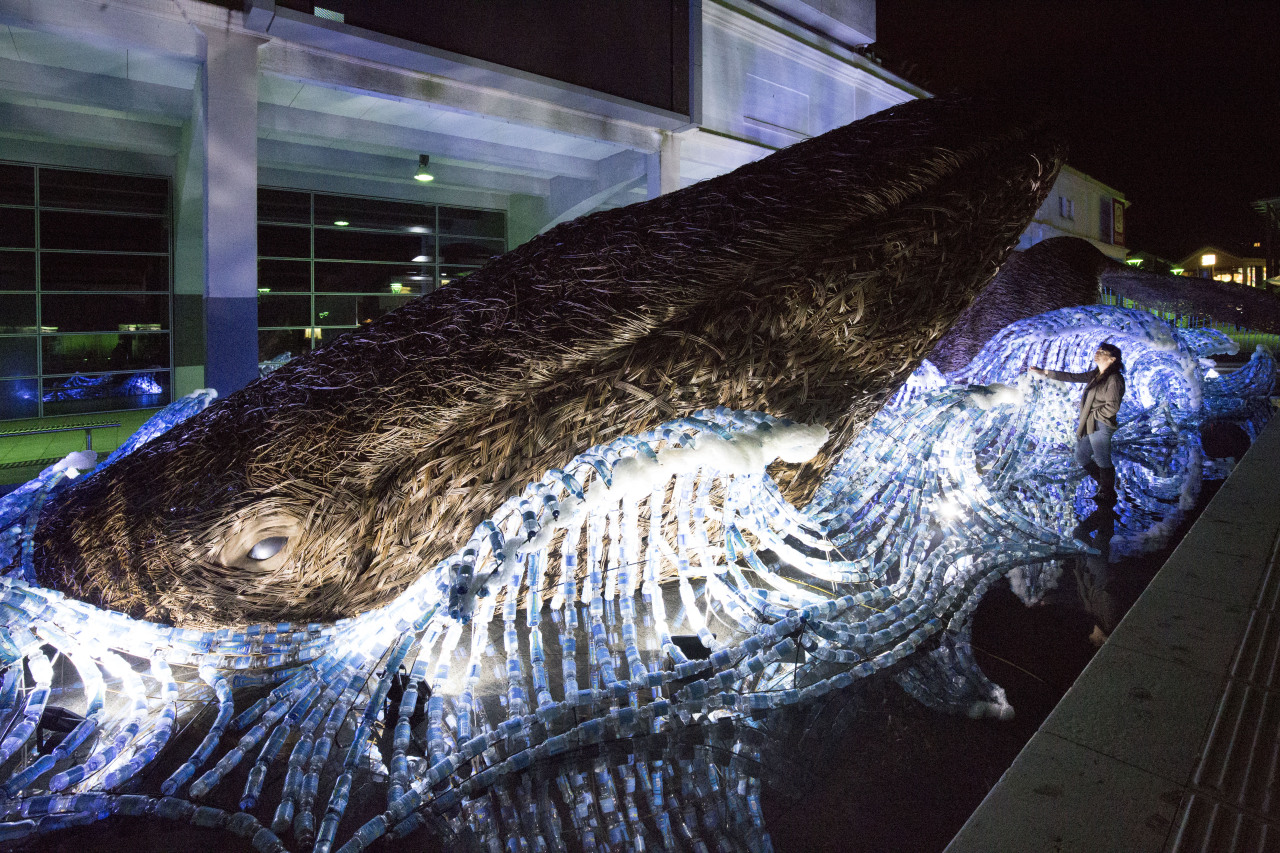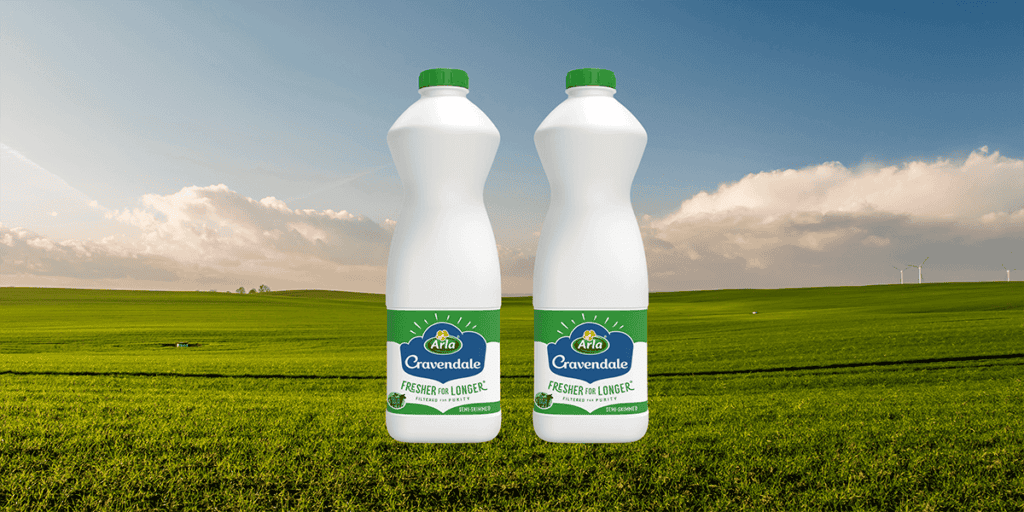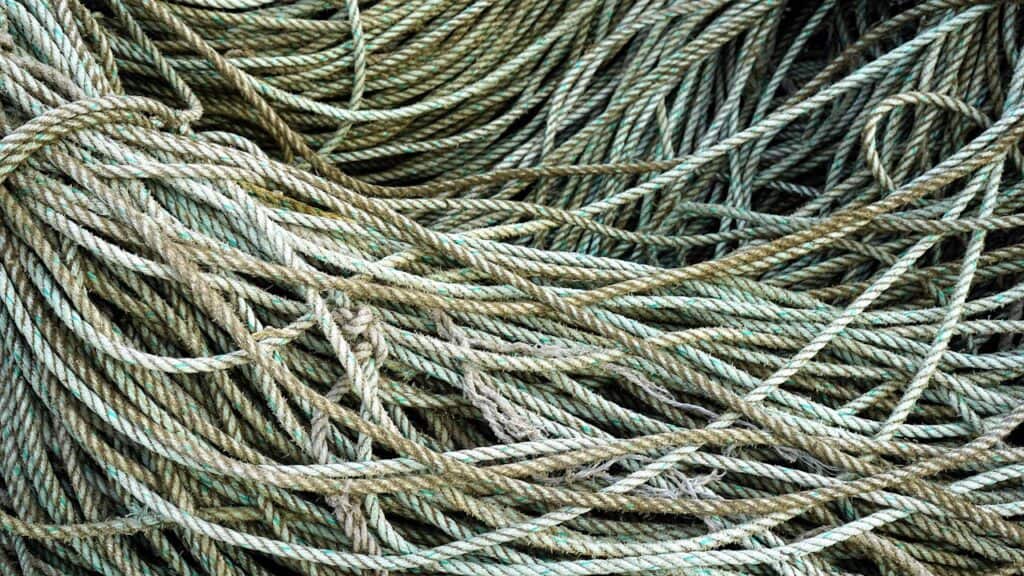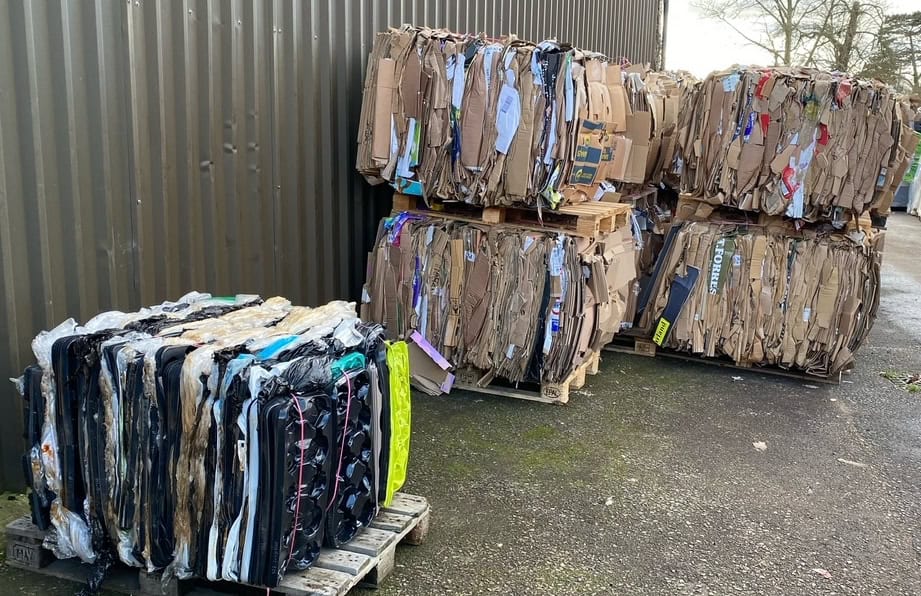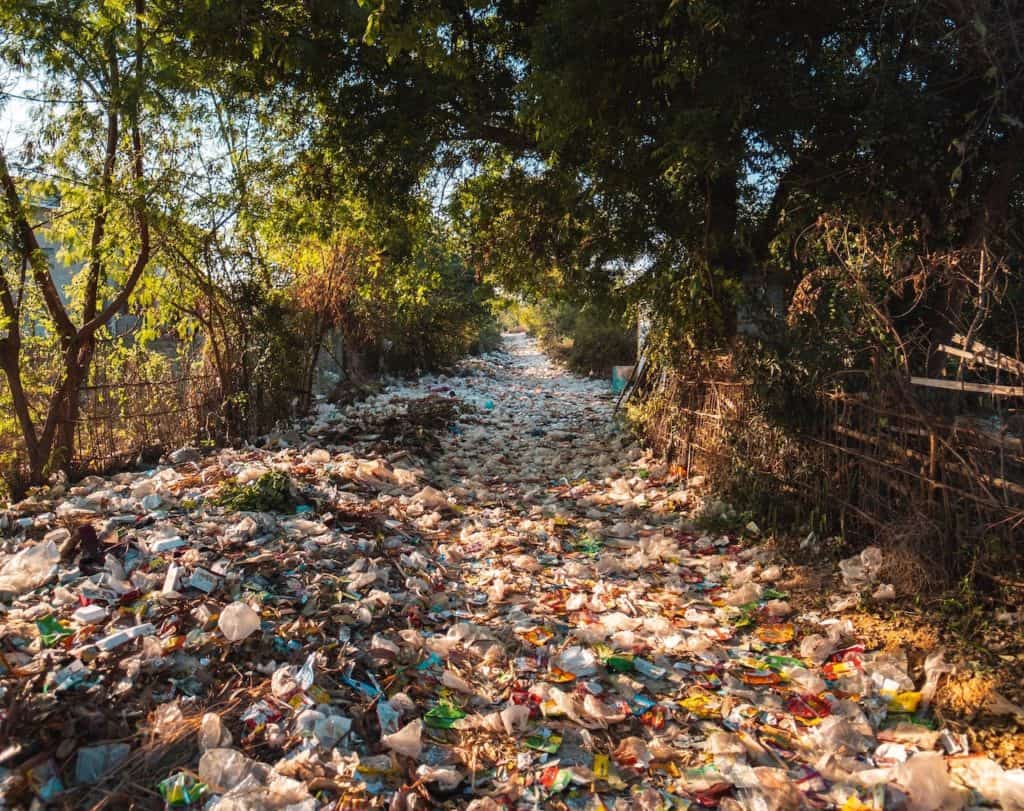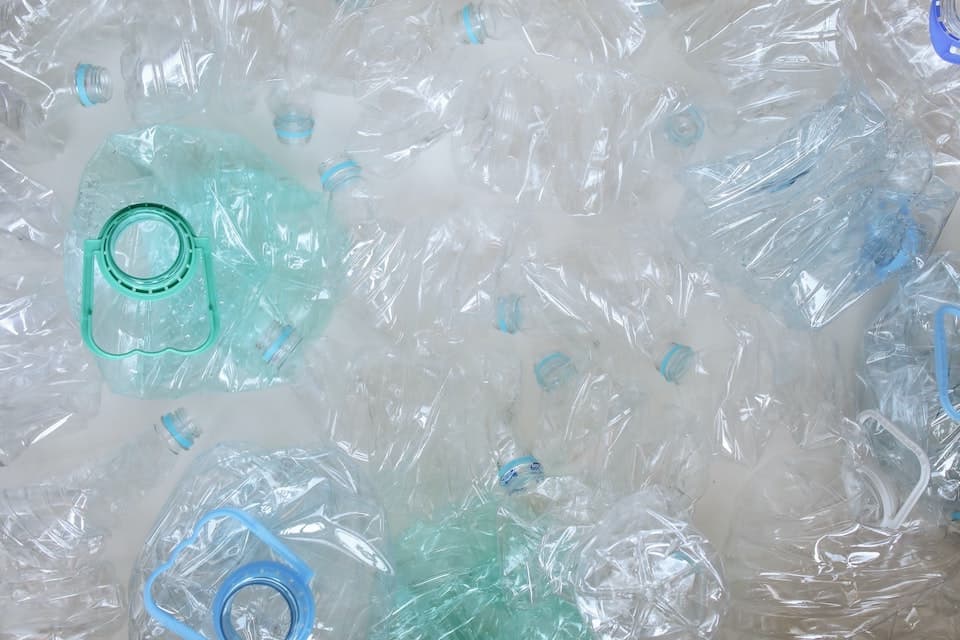Using Art to tackle ocean plastic
Ask a charity, sometimes creating awareness is just as effective as making a donation. So it’s no surprise that environmental campaigners are using art and design to make comments and critiques about pollution. Recently we featured Bordalo II, a Portuguese artist whose giant sculptures are critical of a wasteful society, using recycled plastic, metal and other materials.
Recycled Plastic Whales
Now, we look at a huge new installation in Bristol, UK, consisting of two incredible life-sized Whales, made from local Willow, swimming through a sea made up of 70,000 recycled plastic bottles. The bottles have been recycled from the Bristol 10k run and Bath half marathon earlier in 2015. Artists Project Earth and Cod Steaks have created the piece with funding from Arts Council England. (See photos from the launch night at the bottom of this post)
Sue Lipscombe, the lead artist and managing director of Cod Steaks said: “Whales are intelligent, beautiful, charismatic animals and have become symbols of the world’s oceans. Our sea of recycled plastic bottles represents the detrimental effect of plastic pollution on the ocean which is something that all of us can act on – today – by reducing our consumption of single use plastics.”
Herbert Girardet, trustee of Artists Project Earth (APE) added: “Plastic pollution is just one example of the enormous damage that we are causing to the marine environment: killing animals, poisoning the food chain and smothering the sea bed.”
Whales Facts
Here are some quick facts about the Bristol Whales from their Tumblr account:
- 70,000 plastic bottles were upcycled from Bath half marathon and Bristol 10k for use within thesea of bottles.
- In total 48 bundles of 6ft steamed willow were used to create the Bristol Whales. Each bundle weighs 14kg – making the total weight of willow used 672kg.
- 43,200 6ft rods of steamed willow were used in the wicker head and tail of the Bristol Whales.
- The project has taken a total of 14 weeks (of which 2 weeks were allocated to design, and 12 weeks build time).
- Weight of the Bristol Whales:
- Tail – 3.5 tonnes
- Head – 2.5 tonnes
- Dimensions of the Bristol Whales:
- Tail – Length: 15m, Height: 4.8m, Width: 9m (Across Flukes)
- Head – Length: 9m, Height: 4m, Head Width: 4m
Photo below – Head under construction.
Short-lived
The Whales are a six-week installation and they will be taken away on September 1st. Their existence is short lived, a symbol for the vast amounts of marine life that will suffer if we do not take action to protect and clean our oceans.
Using recycled plastic is art for awareness is becoming increasingly popular. How else could it be used? Tweet us @PlasticExpertUK

